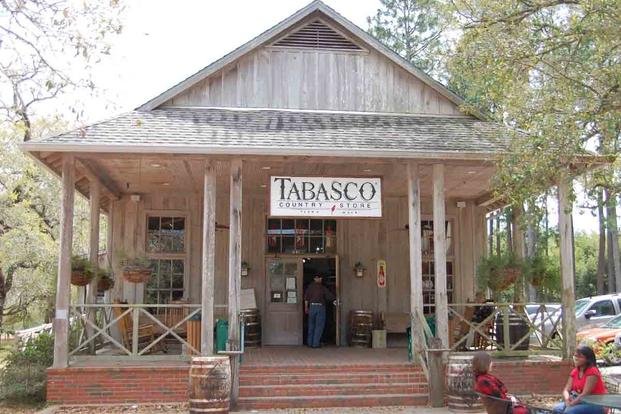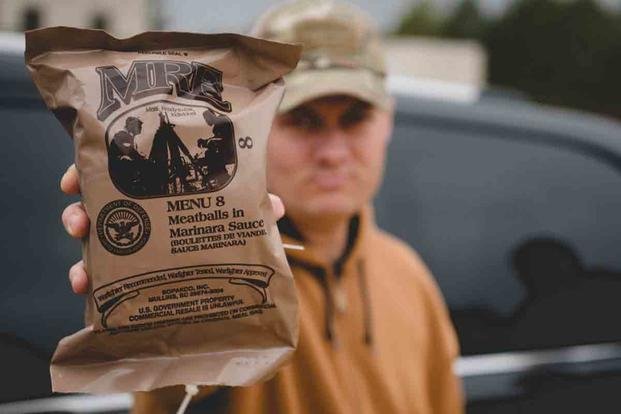As the Union Army approached Avery Island, Louisiana, in 1863, the McIlhenny family abandoned their farm and fled. When they returned after the war, the farm was bare. Its crops were seized by the Union troops and, presumably, kept the Army running.
All the crops, that is, except its spicy tabasco peppers. Necessity is the mother of invention, and the McIlhenny family needed to sell something from the farm to make ends meet. They made a delicious sauce from the peppers, bottled it and sold it to the masses.
Hot sauces have come and gone, but Tabasco has been sold continuously since 1868. That was just its first contact with the U.S. military.
Fast forward to 1935, where Walter Stauffer "Tabasco Mac" McIlhenny transferred from the Virginia National Guard to the Marine Corps Reserve. McIlhenny was a gourmet chef and president of the McIlhenny Company by then. He was still filling shelves with his famous and time-honored pepper sauce.
When World War II broke out, he shipped out to the Pacific Theater with his Marines of the 1st Marine Division. He landed at Guadalcanal and led a team to help evacuate some wounded Marines farther inland on the island. As the company commander, he held off a Japanese counterattack and took out a machine gun nest to protect his wounded and corpsmen.

After clearing out the machine gun, Tabasco Mac hopped into the enemy position and found, to his surprise, a Japanese officer still alive. The officer picked up his katana and tried to split McIlhenny's head open, but the sword was in its scabbard and only dented Mac's helmet. The hit knocked McIlhenny out, but not before he shot his attacker.
When Mcllhenny woke up, he was on a stretcher with his gun, dented helmet and the katana, being carried off the battlefield. He kept the sword and helmet. McIlhenny received the Navy Cross for defending his Marines. He spent 31 months in the Pacific during World War II.
The experience of long stretches of time eating rations stuck with Mac, and when he returned to running his company, he got a great idea -- use Tabasco to improve the quality of food in the field for future troops.
U.S. troops in the field during World War II had the same problems with rations that we have today: Eating the same foods over and over again can wear you down. McIlhenny wanted to market his sauce to the U.S. military to help improve the quality of rations. By the time the United States got involved in Vietnam, he didn't have an official deal, but he tried something novel.
McIlhenny created "The Charlie Ration Cookbook or No Food Is Too Good for the Man Up Front," a recipe book for troops in Vietnam to use so they could mix and match different ration components to make something entirely different and new. The best part was that each cookbook came wrapped around a bottle of Tabasco sauce.
The recipes in "The Charlie Ration Cookbook" weren't universally appreciated, and some were regarded better than others, but the Tabasco sauce was welcomed by all who could get their hands on one.
Someone seemed to remember the force multiplier Tabasco sauce was in Vietnam, because when C-Rations were replaced in 1981 with Meals, Ready to Eat, the new MRE condiment packs came with a tiny bottle of Tabasco. "Tabasco Mac's" idea had finally come to fruition.

Today's MREs come with some kind of off-brand hot sauce, which might be good enough for government work, but Tabasco sauce itself has a special place in the hearts of U.S. troops who had to live off rations for the better half of the 20th century and beyond.
-- Blake Stilwell can be reached at blake.stilwell@military.com. He can also be found on Twitter @blakestilwell or on Facebook.
Want to Learn More About Military Life?
Whether you're thinking of joining the military, looking for post-military careers or keeping up with military life and benefits, Military.com has you covered. Subscribe to Military.com to have military news, updates and resources delivered directly to your inbox.
















